Setting & Splitting Your Self Build Budget
Whilst self building does provide an affordable route to delivering a fantastic and high quality home, you can’t create something to suit champagne tastes if you have lemonade pockets. Don’t underestimate how much this type of development will cost you – you are, after all, creating what will be a huge asset. Running out of funds mid-way through would be disastrous.
Here we are going to look at how to set a realistic budget, what percentage you should earmark for each key element and how you can use a specialist self build mortgage to help you along the way.
Design evaluation
Although you should always wait until you have secured a plot before setting out your detailed design plan, it’s still a good idea to clearly think through what you want to achieve from your new home at this early stage. Decide what type of property you want to develop in terms of size and style – again, it’s essential that you are realistic.
A good starting point is to look at your current home. List how many rooms you have and how spaces are arranged (eg open plan zones or cosy private rooms) then make a note of what you like and dislike about this.
Try and think to the future, too. If you want to self build your ‘forever home’ you need to take into account what your requirements may be in years to come. You may consider bathrooms and bedrooms on the ground floor, for example, or a convertible loft space for potential extra rooms for a growing family.
Property ceiling values
Next on your list is finding a plot. You need to source something that is both affordable and suitable for the type of development you are proposing. Once you have found something of interest, it is a good idea to take your plans to a local estate agent to discuss them.
They will be able to assess the scale and quality of what you are hoping to create and guide you towards the market value of similar properties in the locale. This will provide you with an idea of the ‘ceiling value’ of homes in the vicinity. You would be wise to use this as a guideline for the very maximum you should spend on your development overall – this will help to mitigate the risk of falling into negative equity upon completion.
Take the figure that your estate agent has provided you with and subtract the cost of your plot. The sum you are left with should be used as a guide to how much you should budget to construct your new home. Realistically, the actual amount you’ll spend will be much below this figure. You must look at a sum that you can afford based on your personal finances and the funds available via a mortgage.
Self build mortgages
Specialist self build mortgages mitigate their inherent risk risk by providing a stage payment system. This allows you to draw down set amounts at different points in the scheme. Typical stage payments are made in arrears of the completion of each phase.
The standard points where the funds are released are: foundations; wallplate/frame erection; weathertight; first fix plumbing and electrics; and completion. Before you can access the cash, your lender will send a surveyor to value and sign off the stage.
The alternative is to sign up to an advanced stage payment mortgage, which was developed by BuildStore and is now available through them from a variety of banks and building societies. With this product you are able to draw cash prior to each phase commencing.
For this type of arrangement, your lender will do an in-depth analysis of your scheme’s costings and cashflow from the outset. From here your funding schedule will be arranged and fixed to ensure you are getting the money you need at the right time – this is usually at similar points to the arrears product.
Splitting your budget
Once you have secured your finance and know exactly what you have to spend on your development, you need to have a firm idea of how much you need to attribute to the various stages of your project.
The biggest individual cost will probably be attributed to your plot. This should account for around 30%-40% of your sum – in some areas of the country (especially the south east) you should expect it to hit the higher end, or sometimes surpass this. When purchasing your land, think about the cost of utilities, too.
On many urban sites, connection will be relatively simple with a low associated price tag (around 1%). However, for more remote rural locations, costs will be higher.
Add to this the finance and professional fees, which will take a significant chunk of money. Even the most basic project will require the services of solicitors, engineers, surveyors etc. On more complicated schemes, you may need to hire a planning consultant, and unless you want to take on the task yourself a project manager may be needed, so set aside at least 7%.
For any type of construction project, but self building in particular, having a sensible contingency fund in place is essential. Problems will often start early on in the development, particularly at groundworks stage. You should allow at least 10% as a contingency.
Obtain a few quotes from tradesmen or a package company for your project. Your builder should be able to give you a rough idea of how much your material requirements will add up to. There are ways to save money here, but at this stage it’s pretty safe to assume that at least 20% of your budget will be spent on construction materials.
Your geographical location will impact on labour fees, too, and obviously this will be dependent on how much of the work you want to do yourself. At this point, a good indicator of what you should spend on labour is around a quarter of your overall budget. Significant savings can be made by hiring individual tradesmen, as opposed to a general builder/turnkey package, but the management and coordination side of things will be complex.
Other considerations
Finally, site insurance and a structural warranty are extremely important, both for peace of mind and for financial security during the build and after completion. Plus it’ll be near impossible to sell your property in the future if it doesn’t have a warranty. Budget around 1% to cover these charges.
It’s important to remember that many self build products and materials are zero rated. Read our guide on reclaiming VAT so that you can factor this into your budget too.

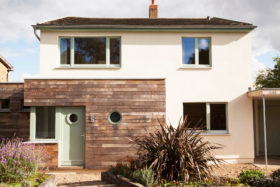
































































































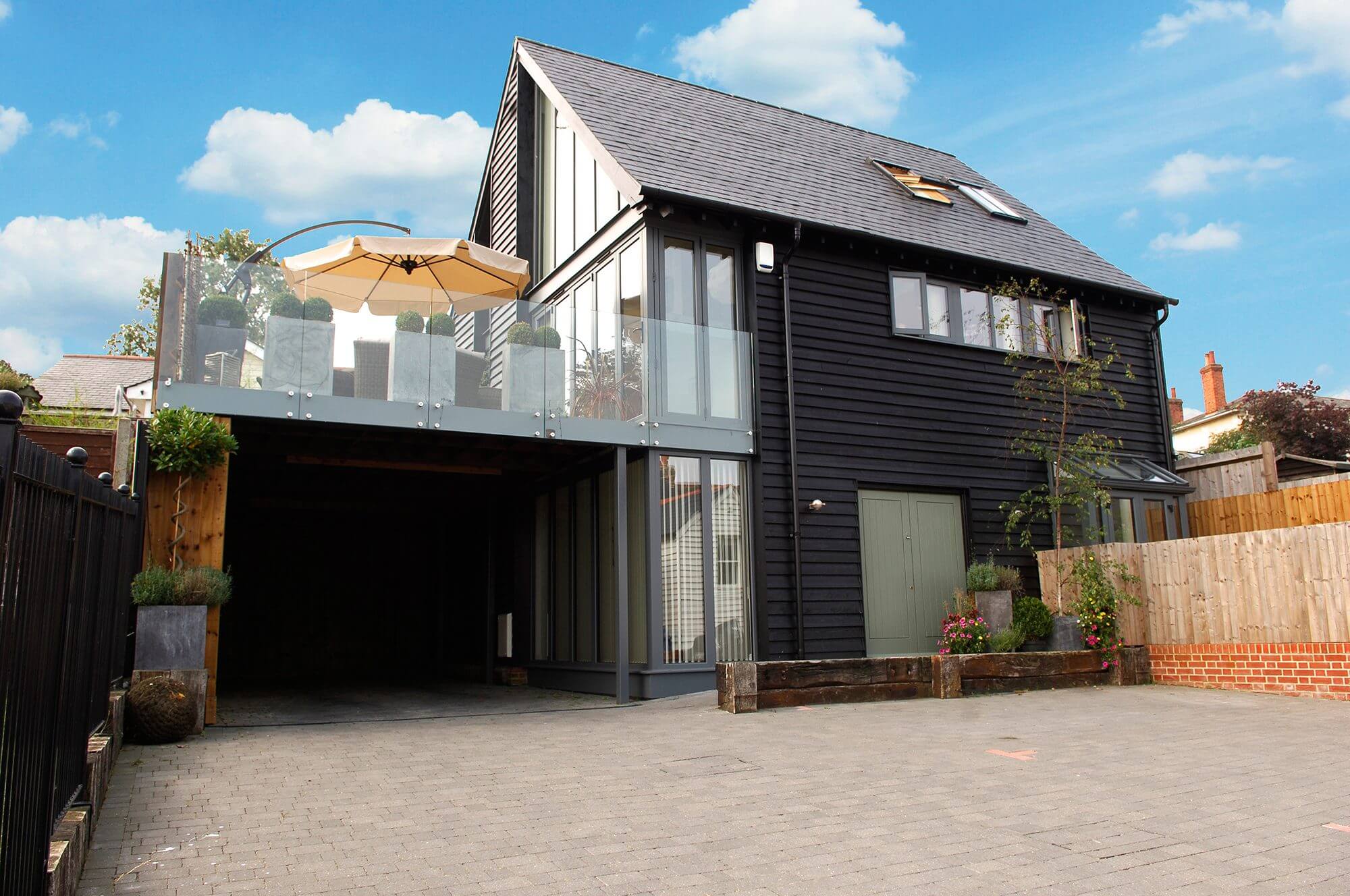
 Login/register to save Article for later
Login/register to save Article for later



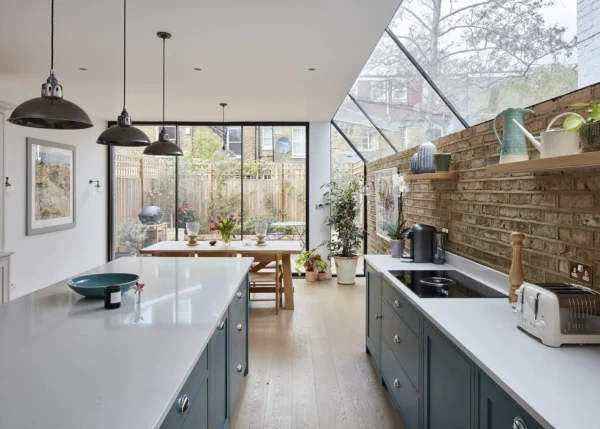
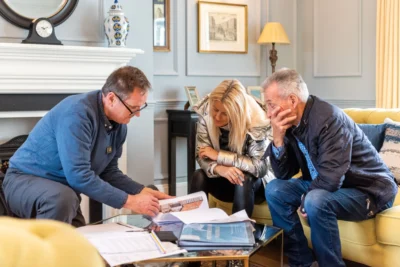
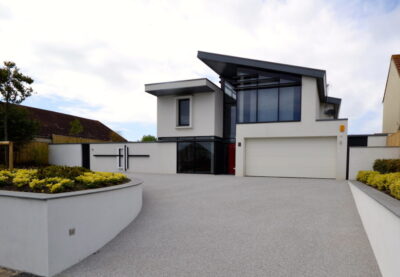
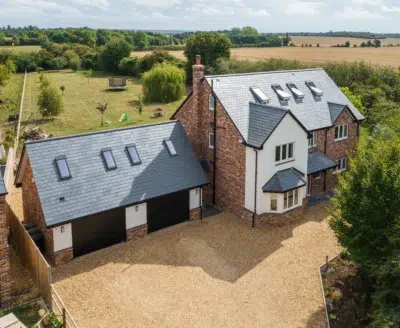
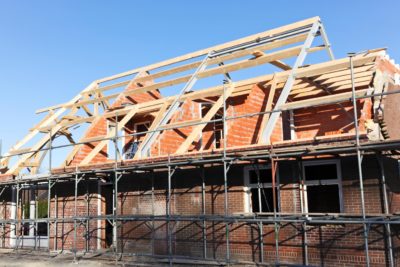





Comments are closed.